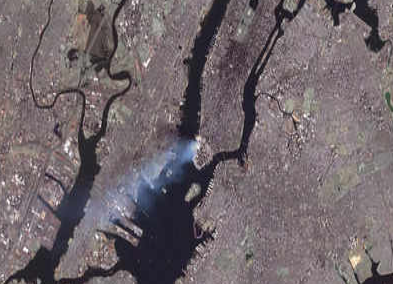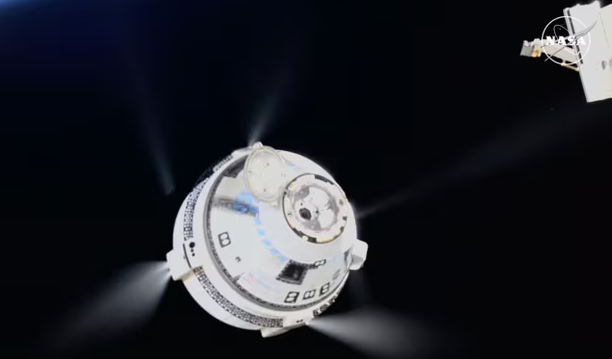On September 11, 2001, NASA astronaut Frank Culbertson, aboard the International Space Station (ISS), captured a haunting image of the World Trade Center in the aftermath of the attacks. Over 200 miles above Earth, Culbertson witnessed the tragic scene as smoke billowed from Ground Zero following the plane crashes into the Twin Towers.
The photograph, taken shortly after the second tower’s collapse, shows a vast plume of smoke enveloping New York City. This rare vantage point provided a chilling view of one of the darkest days in modern history.
As the only American not on Earth during the attacks, Culbertson, then commander of Expedition 3, documented the disaster from space. Alongside the photograph, he wrote a deeply emotional letter reflecting on the tragedy, stating, “The world changed today.”
In the wake of the attacks, NASA’s role extended beyond mere documentation. The agency collaborated with FEMA to monitor air quality over New York, deploying aircraft with sensors and utilizing satellite resources to aid in recovery efforts.
In December 2001, NASA honored the 9/11 victims by flying nearly 6,000 small American flags aboard Space Shuttle Endeavour during the STS-108 mission. These flags were later presented to the victims’ families through the “Flags for Heroes and Families” campaign.
The tribute continued with a memorial on Mars. Honeybee Robotics used aluminum from the World Trade Center wreckage to create cable shields for NASA’s Spirit and Opportunity rovers. These shields, etched with the American flag, now rest on Mars as a lasting tribute.
The National 9/11 Flag, found near Ground Zero, became a symbol of recovery. It was restored with contributions, including from NASA’s Kennedy Space Center, and is displayed at the National September 11 Memorial Museum, symbolizing national resilience.
NASA’s efforts, both during and after the attacks, underscore the agency’s commitment to honoring the victims and supporting the nation in times of great tragedy. The legacy of 9/11 endures, with tributes extending from Earth to Mars, immortalizing human resilience.




